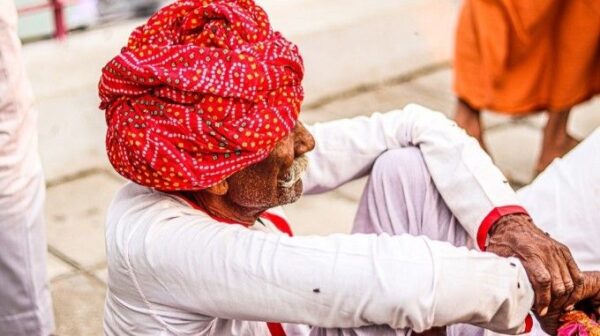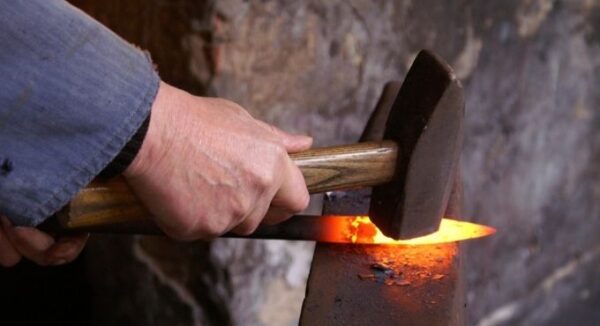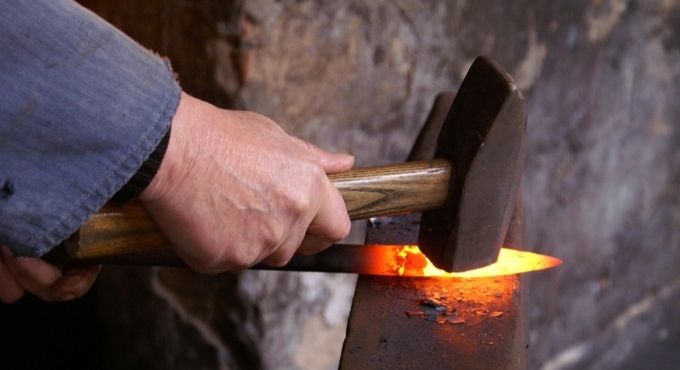Introduction
For Indians, artistry is a symbol of pride. It is a sign of their stories. Artists preserve traditions which have been going on since centuries. These craftsmen are hidden in the folds of India’s villages and they try to pave their way for a brighter life. Indian handicrafts are never ‘just’ decorative items. From the lush mountains of Kashmir to the tribal streets of Odisha which focus on Pattachitra, art has been a form of expression for all these craftsmen. They create different forms of craftswork. This includes baskets that are made of sabai grass. Metal work is done using centuries’ old methods. Block printing is performed using natural dyes.
Tradition and Modernisation
Technology and tradition may look like they come from two very different world but upon looking further, they have been found out to be two sides of the same coin. Technology has become a way for rural artist to earn. There are platforms like Amazon Karigar, Okhai, Go Coop which allow artisans to directly sell to the customers and earn money. Platforms like Instagram and Facebook allow them to tell their own stories about how they create such magnificent art work, the number of tools it takes, the cost of their materials, the cost of manual labor etc.

The challenge is that some craftsmen still lack digital literacy, stable internets, smartphones etc. However, progress is happening slowly but surely. The new, younger, modern generation of these rural families are taking the lead as they learn from their parents and grandparents. They take photographs of the products, creating reels on social media and managing all the online orders. The mobile phone is like a blessing to them because it helps their heritage to thrive.
There are programs like Ambedkar Hastship Vikas Yojana, Tribes India initiative and National Handicrafts Development Program that are giving training, raw materials, design support and platforms to exhibit and sell to these rural artisans. There are certain social enterprises like SEWA and Rangsutra that are connecting craftsmen to global stores while maintaining fair payments as well as ethical practices.
Dignity and Identity
These craftsmen are not only earning money through their work, they are earning dignity and respect. Women from ancient villages stitch quilt with the ancient katha technique, they are providing extremely good quality material to their customers. They are securing local knowledge as they narrate the stories of their own lives. When customers spend money and buy their products, it showcases that their work has value, it matters and it is unique.
In many rural homes, the money that is earned by these craftsmen is used to send children to school, build better houses or ‘pakka ghar’, buy mobile phones and invest in their businesses. Their craft is helping their families grow.

It is due to this that people become aware about the mythological stories of India. Every stroke of brush, every running stitch and every carving carries the tales of mythical deities, festivities and daily life. This helps them keep the traditions of our country burning like an everlasting fire. In Chandigarh, there are a section of tribal artists in Bastar. They use Dokra techniques of metal casting that are over four thousand years old. If these artists do not receive any support, this tradition would fade away in the forest of mass produced or machine-made goods.
Conclusion
The heart of Indian culture, tradition and heritage is its art work. It is almost like a result of a labor of love. All handwoven scarves or painted clay pots or embroidered pillows take months to make. Therefore, we must respect all artists.
Author
Shreeja Mukherjee


